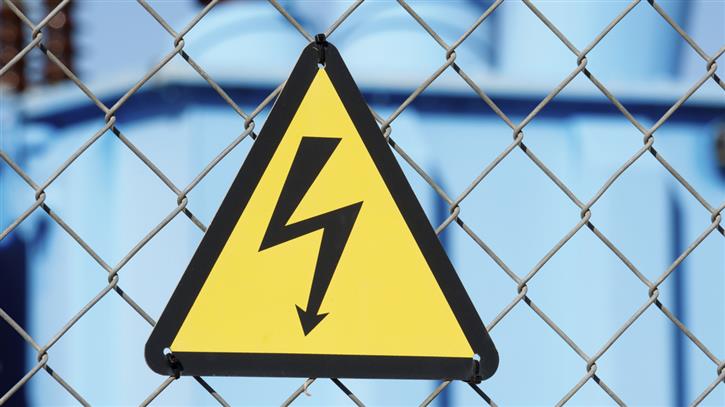


With boilers becoming increasingly sophisticated, Neil Macdonald, Technical Manager at the Heating and Hotwater Industry Council (HHIC), explains why it’s important for heating engineers to receive suitable electrical training.
Modern gas boilers are seen as either a gas appliance using electricity, or an electrical appliance burning gas. While it’s clear that it is the combustion of natural gas or LPG which allows the boiler to fulfil its primary purpose, the lines are no doubt beginning to blur. With the often complex and highly technical array of components and functions, such as modulating fans and air/gas ratio valves, electrics are playing an ever-increasingly dominant role in boiler functioning.
The recent publication of Gas Safe Register Technical Bulletin 118 has shone a light on the suggested knowledge, skills, and competencies the modern gas engineer should hold, including competent safe electrical isolation and the use of electrical fault-finding equipment, meaning skills and training are once again at the forefront.
Installers enter the heating industry in a variety of ways. Some chart the formal apprenticeship route, where they may have already picked up robust business procedures that their employer has in place for safely working with heating systems and electrical appliances. For others though, especially where the focus has been on gas safety, it may have been left for them to pick up what electrical knowledge they could from colleagues or mentors on the district, or perhaps (inadvisably where electrical safety is concerned) attempt some ‘self-learning’.
Positive guidance
Providing a positive step forward was the launch of the IGEM IG/1 document – standards of training in gas work – which specifies minimum content and criteria for training courses designed to lead to ACS accreditation (or equivalents). Since 1 October 2018, anyone undertaking such assessments needs to provide evidence that they have undertaken an IG/1 approved training course.
IG/1 includes high level content which learners must be trained on, such as safe isolation, safe working procedures (including overcurrent and shock protection from electrical circuits), basic electrical theory, the dangers of electrical equipment, earthing, and bonding, among others.
This is hugely encouraging for the industry as it creates a clear driver for those offering quality training in gas work to ensure that learners are equipped with the knowledge and skills to work safely on gas appliances, equipment, and electrical supplies.
Don’t DIY it
We now live in an age of technology, where DIY video guides feature heavily on YouTube, bolstering the confidence of consumers to undertake their own home improvement tasks. However, DIY electrical work is one of the biggest dangers facing householders, and indeed heating engineers who subsequently undertake work in the home.
I personally have lost count of the number of encounters I have had with exposed live electrics in broken junction boxes, and even poorly installed or modified systems with multiple electrical feeds to the same location. So, risk assessing, and having the knowledge to spot potential danger and work safely on and around electrical equipment, is critical.
Staying safe
Whatever the work task in hand, it is essential to remain vigilant, and using the appropriate test equipment and methods prove beyond doubt that the equipment to be worked on is safely electrically isolated. If you fail to do this, you are essentially playing Russian roulette with the safety of yourself and others.
Safety is paramount when working with electrics, especially when you consider that the average human body can be said to have a typical electrical resistance of around 2,500 ohms in normal conditions, potentially much less if the person is wet, perspiring, or if their skin is broken.
Ohms Law therefore tells us that in the eventuality a person makes contact with a standard 230v live electrical conductor, the initial current drawn would be around 0.01a. This may not sound like much, but consider that a standard heating system is fused at 3a, it means the fuse wouldn’t ordinarily fail until this amperage was exceeded. This is important as an electrical current of only 0.1a can be enough to stop a human heart. RCD protection of circuits will of course provide additional safeguarding, but may not always be installed.
It can be hard to keep up with industry changes, but it is worth taking advantage of appliance and product manufacturers, as well as reputable training centres, offering the support and training required on safe electrical isolation, fault-finding, and the correct use of test equipment.
My advice is to consider training and safety, it could save your life.
If you'd like to keep up-to-date with the latest developments in the heating and plumbing industry, why not subscribe to our weekly newsletters? Just click the button below and you can ensure all the latest industry news and new product information lands in your inbox every week.